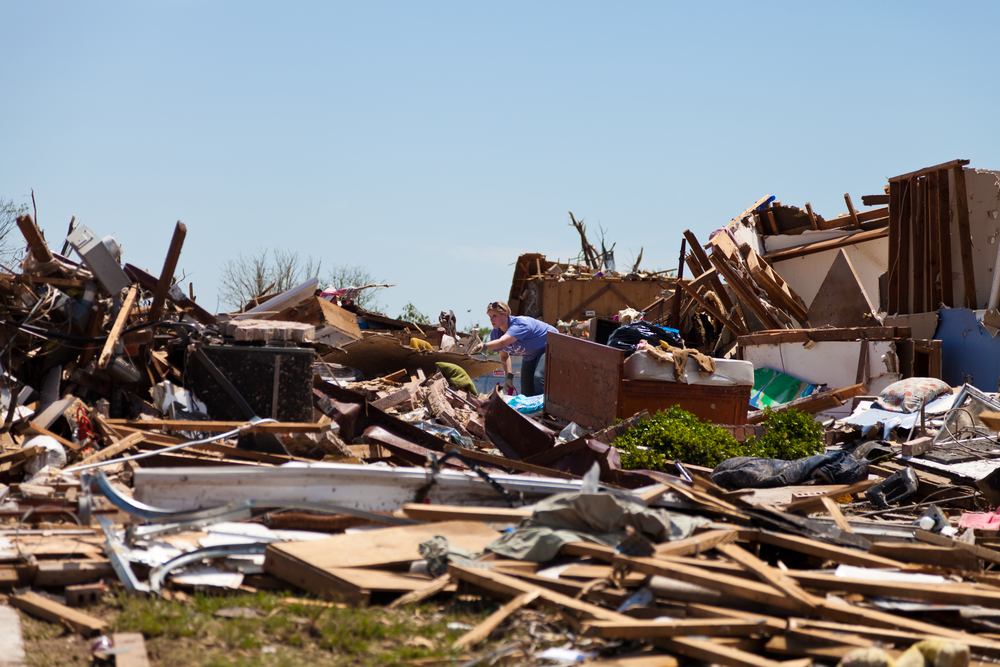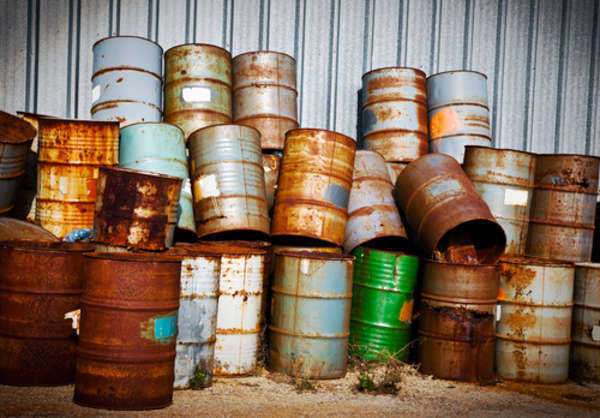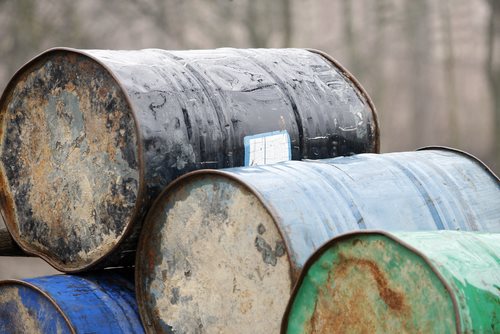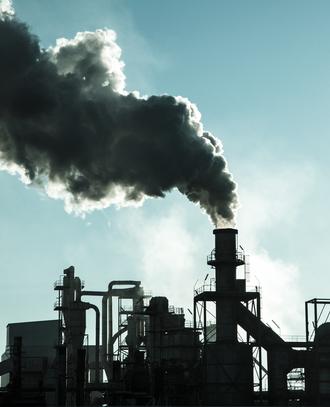Great Lakes Water Quality Agreement by U.S. and Canada

On September 7, 2012, the US Environmental Protection Agency and Office of the Minister of the Environment in Canada stated that the two countries had signed an amended agreement to protect the water quality of the Great lakes—which is the largest freshwater system in the world. The agreement was lasted update in 1987, and amendments aim to curve health concerns and continue the cooperation between the two countries.
The EPA Administrator, Lisa P. Jackson, and Canadian Minister of the Environment, Peter Kent, signed the new Great Lakes Water Quality Agreement in Washington D.C.
Lisa P. Jackson was stated, “Protecting cherished water bodies like the Great Lakes is not only about environmental conservation. It’s also about protecting the health of the families—and the economies—of the local communities that depend on those water bodies for so much, every day.”
Minister Kent was quoted in saying: “Joint stewardship of the Great Lakes—at treasured natural resource, a critical source of drinking water, essential to transportation, and the foundation for billions of dollars in trade, agriculture, recreation and other sectors—is a cornerstone of the Canada-United States relationship.”
The ultimate purpose of the amended Agreement aims to restore and control the chemical, physical, and biological makeup of the Great Lakes and shared portion of the St. Lawrence River. New additions to the Agreement allow the public to participate in issues surrounding the waterways. Also, the changes seek to put more emphasis on invasive species, degradation throughout natural habitats, and the adverse effects of climate change. Harmful algae, toxic chemicals, and emissions from sea vessels have been a major concern for years.
For more information, you can contact the Press Secretary under the Office of the Minister of the Environment at 819-997-8008. You can also contact the Media Relations under Environment Canada at 819-934-8008.
Source: Environment Canada





























